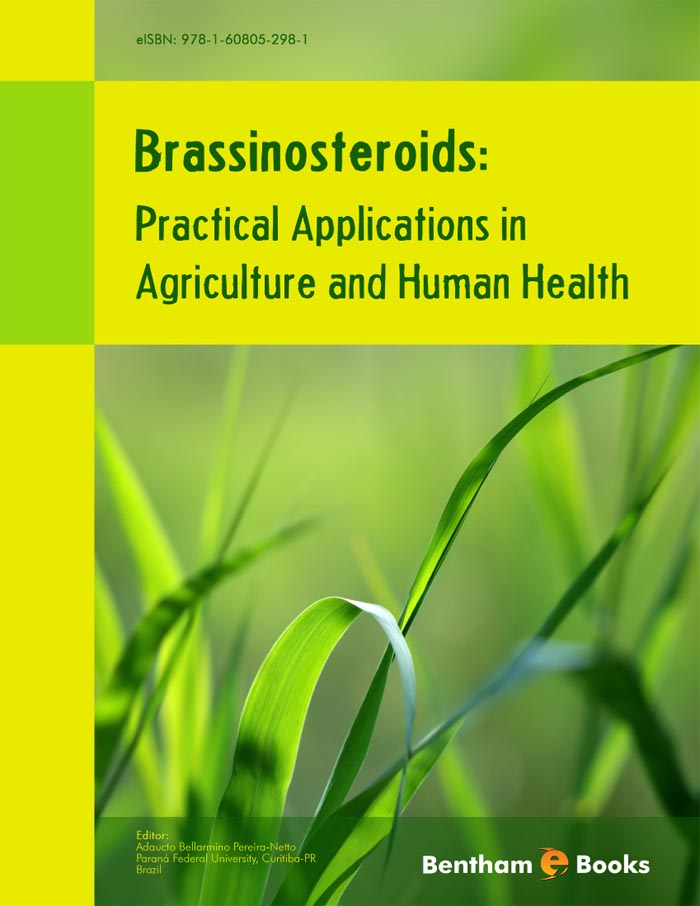Preface
Brassinosteroids (BRs) comprise a specific class of low-abundance, natural polyhydroxy steroidal lactones and ketones. These steroids of ubiquitous occurrence in plants are known for a long time to induce a broad variety of responses in plants such as cell expansion and division, shoot elongation, bending, resistance against biotic and abiotic stress, and reproductive and vascular development. However, more recently, these compounds have also been shown to present antiviral, anti-inflammatory and anticancer activity in animal systems.
This e-Book provides and up-to-date view of practical applications for BRs. Each chapter presents a review of the available literature on various aspects of the use of BRs for the improvement of human welfare. The first chapter provides an overview about the increase in plant productivity and improvement of human health, besides addressing bio-safety issues. Second chapter describes the mitigation of water stress and saline stress. Third chapter uncovers the improvement of protocols for micropropagation. Fourth chapter will discuss anti-herbivory properties. Chapter five provide an insight into the enhancement of tolerance to heavy metals. The following chapters will deal with the use of BRs for the improvement of human health. Chapter six will describe antiviral properties. Chapter seven summarizes antiherpetic and anti-inflammatory activities. Finally, Chapter eight will describe anticancer activities. The editor hopes that this e-Book will provide valuable and updated information on practical applications for BRs in agriculture and human health, besides leading to new research to expand the use of BRs for human welfare.
The editor wish to thank all of the contributors for their willingness to provide the highest quality, state-of-the-art contributions to this e-Book.
Adaucto Bellarmino Pereira-Netto
Paraná Federal University
Brazil

